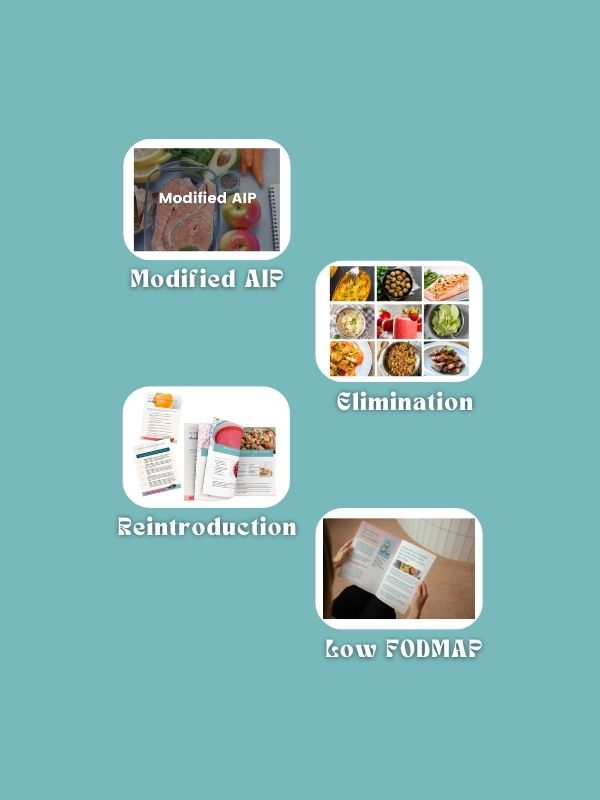
Okay real talk for a minute….I use to use hand sanitizer daily, specifically the kind from Bath and Body Works in the scent sweet pea. I loved the stuff and used it constantly while working with small children because I didn’t have quick access to a sink. Fast forward two years and I have long since given up my beloved sweet pea sanitizer. That being said, I still don’t have a sink in my classroom and I can’t just leave my students unattended. So yes I still use hand sanitizer sometimes. Not only at work, but also when I’m travelling and don’t have access to washing my hands. I knew I needed to switch to something more natural and I was already using Young living essential oils so I decided to whip up a recipe for a DIY hand sanitizer using my favourite germ killing essential oil: Thieves. If you use doTERRA oils then simply substitute the thieves in this recipe for On Guard.
Note: Hand washing is always a better option, but this is a great option when you don’t have access to a sink and water!
Thieves Hand Sanitizer
Ingredients:
1/3 Cup Witch Hazel (unscented & alcohol free)
2/3 Cup Aloe Vera Gel ( I use the Lily of The Desert Brand)
15-20 Drops of Thieves Essential Oil (Young Living Brand)
2 Capsules of Vitamin E Oil (additive free)
2-3 containers (depending on size)
Directions:
- In a glass bowl, mix the witch hazel and allow together by stirring until most of the lumps from the aloe have dissolved.

2. Add in the drops of essential oil and stir.
3. Using a knife, cut into the vitamin E capsules one at a time and squeeze the oil into the bowl. Stir again.
4. Using a funnel pour the mixture into your desired container.
5. Pour a dime sized amount onto palm and rub hands together.

*Tip- Re-use an old hand sanitizer or lotion container. I bought the container pictured above on Amazon.ca
There you have it! A quick and easy way to make your own hand sanitizer without all the chemicals!
XO Meagen Ashley







1 Comment
Hand sanitizer based on essential oils and natural alcohols can help wipe out germs safely without putting you at risk for antibiotic resistance.